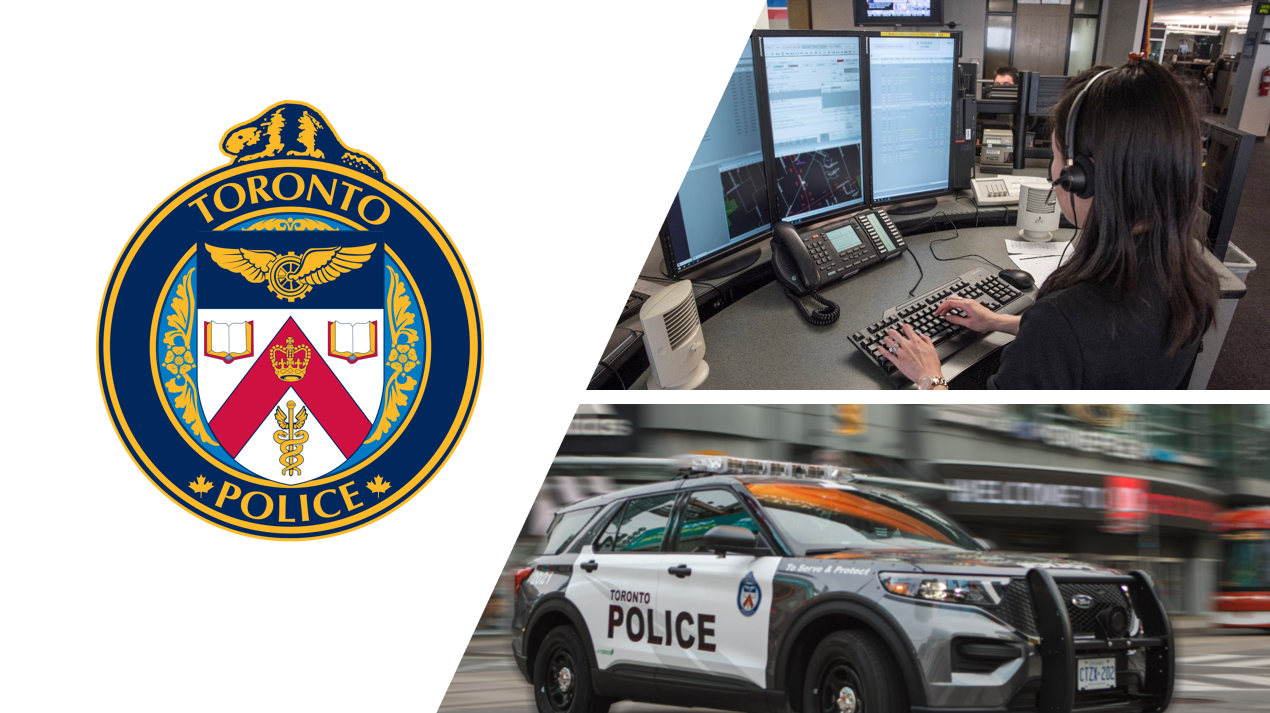
Read the full report
Purpose of this Overall Common Themes Report
The purpose of this overall common themes report is to highlight key messages and themes common to both of these reports, which span the continuum of front-line policing:
- from the time when a member of the public calls 9-1-1 or the TPS non-emergency line and police resources are dispatched, as covered in Toronto Police Service (TPS) – Audit of 9-1-1 Public Safety Answering Point Operations
- to when Priority Response Unit (PRU) police officers, or other officers accept the event and arrive on scene to address calls for service, as covered in Review of Toronto Police Service (TPS) – Opportunities to Support More Effective Responses to Calls for Service
While both projects focus on distinct areas along this continuum, they are integrated and affected by a common set of operational variables. The 9-1-1 Public Safety Answering Point (PSAP) operates on a demand-based model and drives the first level of front-line police resourcing. The call flow process is illustrated in Figure 2 below and the blue shaded boxes are under TPS’s responsibilities. In turn, PRU officers rely to a great extent on call centre communications operators, who help to allocate front-line resources to address calls for service in their divisions, and relay important information.
For example, an influx of incoming calls on a particular day or time of day puts strain on both communications operators answering, processing, and dispatching the incoming calls, and PRU officers responding to the resulting calls for service.
As a result of these linkages, it will be important for the TPSB and TPS, as well as the City, to consider the findings, recommendations, and key common themes from these reports holistically in order to fully realize possible synergies and the most efficient and effective outcomes possible.
These themes include a need to:
- Improve and Use Data and Information Systems to Enhance Staffing and Operational Strategies, and Ensure Adequate Resources are in place to address priority areas, including improved emergency response times and 9-1-1 call answering times
- Further Explore Call for Service Alternative Responses to free up time of Priority Response Unit (PRU) officers and 9-1-1 communications operators, and help provide better outcomes for people
- Build Greater Community Education and Awareness to help manage demand on the 9-1-1 line and expectations that a PRU officer response is primarily for emergencies and police matters
- Enhance Response Time Methodology and Improve Emergency Response Times and 9-1-1 Call Answering Times through the above three areas
- Recognize that this is a Journey of Collaboration Between the City, TPS, and Other Stakeholders to Build Better Outcomes by Moving Forward Together. There is no quick fix, and careful consideration of alternative non-police responses will be needed.
This report is intended to be read in conjunction with the other two reports mentioned above in order to better understand the full context of these key messages.
We would like to thank the TPSB for inviting the Auditor General’s Office in to conduct audits of TPS. We acknowledge the support and cooperation received from the TPSB and TPS in providing the data and information needed to conduct these projects. We would also like to thank the Toronto Police Association, the City Manager’s Office, and City Divisions for their assistance.